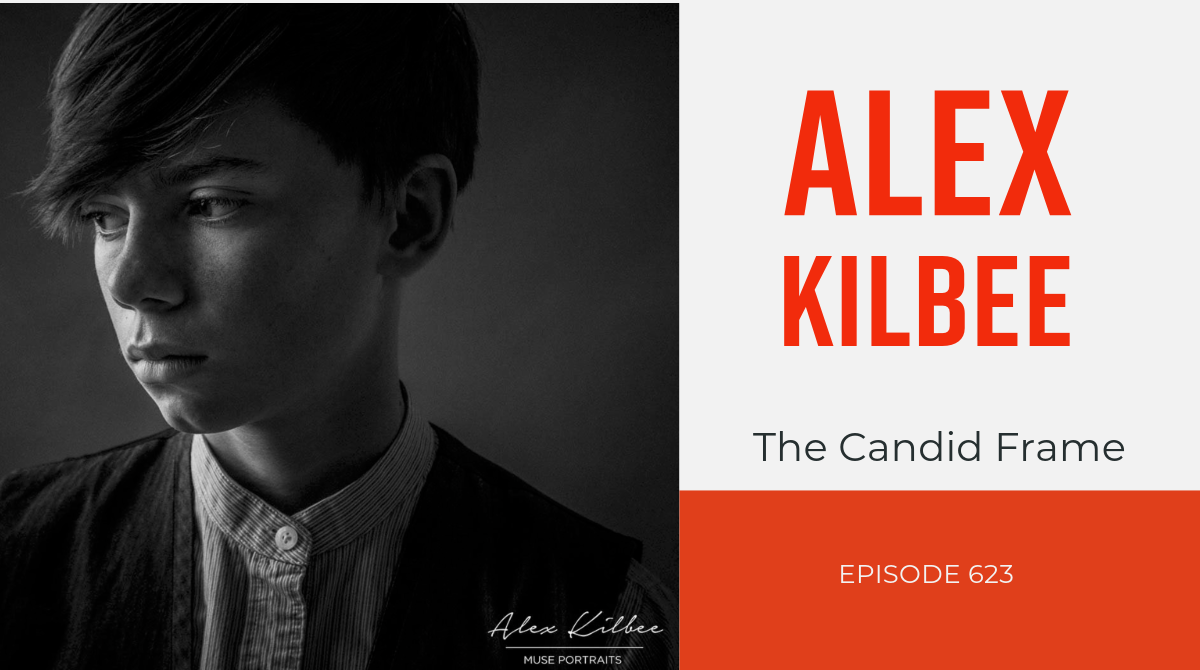It used to be that when you purchased a new camera, you didn’t give much thought to the camera strap. The branded strap that came with the camera may not have been stylish, but it was functional.
Over the past few years, there has been an explosion of designer-camera straps. Some feature a sling design which takes the weights off your neck and allows you to whip it from the hip like a gunslinger. Others have focused more on style rather than offering different functionality.
I’ve tried a variety of these straps over the years and have rarely been completely satisfied. Many of them seemed to offer a solution for one problem, only to create another one. I often deferred to a simple, thin nylon strap which though it might lack style and innovation served its simple purpose: keeping the camera on my body.
First Impressions
When I received Eric Kim’s Henri camera strap for review, I wasn’t sure what to expect. However, I was immediately impressed with its packaging which features a reusable wooden box, which slides open. The hand-made strap is enclosed in a linen wrap. So, even before pulling the strap from the box, I appreciated the care with which the product was presented.
Named in honor of the famous street photographer, Henri Cartier Bresson, the coffee-colored strap is made of 100% leather and has a length range of 15” to 19”. Designed for small rangefinders or mirrorless cameras, the strap is made so that the camera rests comfortably against the photographer’s chest or abdomen.
The leather has a nice soft feel to it, especially the part that rests against the neck. The buckle which allows you to adjust the length of the strap has a nice brass color to it that compliments the color and style of the strap.
A detail that I really appreciated was the leather guards that prevent the o-rings from scratching the body of the camera over extended use. It’s a feature that was sometimes missing from a couple of nylon straps that I had purchased in the past.
Using the Strap
The Henri is best used as a neck strap. So, it took a little getting used to having the camera at chest level rather than over my shoulder. But after adjusting the Henri strap for the length that I found most comfortable, I quickly became accustomed to using it while attached to my Fujifilm x100s. The small form factor of the camera and its light weight didn’t make carrying the camera as burdensome as it would have been had I been using a DSLR.
Designed with the street photographer in mind, the strap places the camera for quick and easy access. After a short period of time, I became quickly accustomed to having the camera at-the-ready hanging from my neck, rather than having a strap wrapped around my wrist and hand as I often had in the past. There was no more constantly readjusting the camera and strap as I walked down the street, which was a convenience.
I had never thought I would ever be fully comfortable wearing a camera strap around my neck, but its short length, the minimal weight of the camera and the ease of access quickly eliminated any such concerns.
The narrow width of the strap also made it very easy to stow the camera away in my small satchel or leather briefcase when it was time to stow it away.
For a while, I still wanted to fall into my old habit of throwing the camera strap over my shoulder. However, this wasn’t comfortable or convenient at its shorter length. However, I think that as I continue to use the strap, I will likely grow accustomed to using it as it's designed.
Final Thoughts
At less than $80, I think that the Henri strap is a great value, not only because of its quality craftsmanship, but because it doesn’t fall into the trap of being overly engineered.
The Henri provides a simple and stylish alternative to the strap that comes with most rangefinder and mirrorless cameras. Most importantly, it allows you to naturally access your camera quickly and effectively when you need it most.
The straps are available for purchase through Amazon, Etsy and directly from Eric Kim’s Street Photography blog.





















Jeffery Saddoris is not only a talented artist, writer, and podcaster but a friend. A repeat guest of the podcast, we have enjoyed wonderful conversations about what it means to lead a creative life. What started as a technical test of my new podcast set-up turned into another wonderful conversation. We discussed recent events in my life and where we stand in our creative lives. Most importantly, this episode marks our return to regular production with new episodes of great conversations with and about photographers. Thank you for your kindness, support, and patience over the past three months.